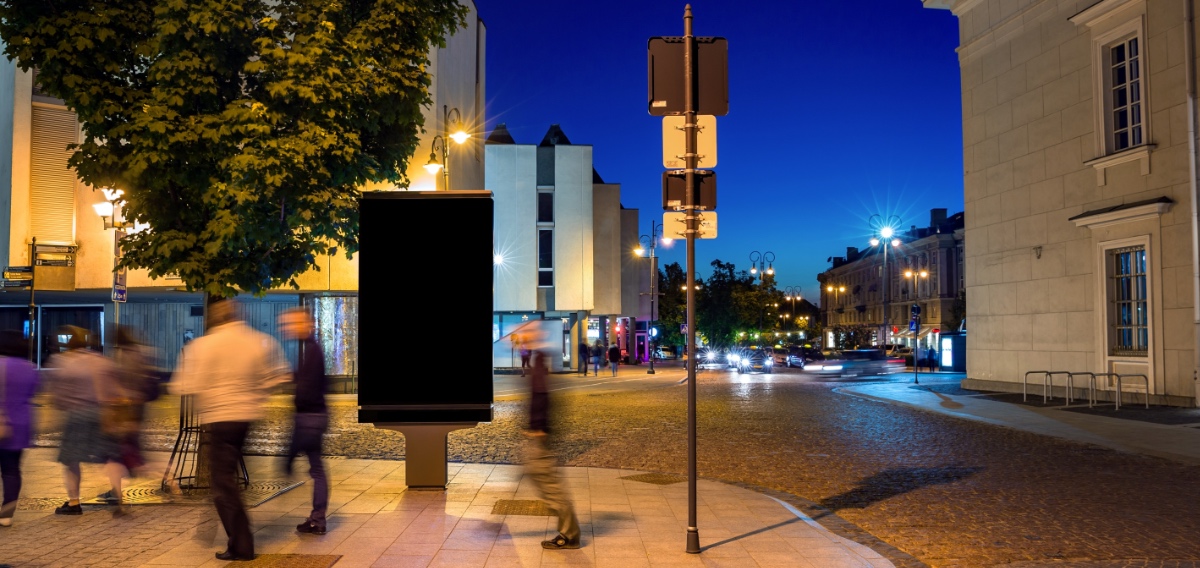
Germany Eases Off Energy Restrictions For Digital Signage And DOOH Displays
October 3, 2022 by Dave Haynes
Energy restrictions that directly affected the digital signage business in Germany have been refined and eased.
The government there has amended its Energy Saving Ordinance to now be just overnight, pulled back from a ban that limited operations to just 4 pm to 10 pm at night.
“All stakeholders can live with that,” writes Florian Rotberg of Invidis, Sixteen:Nine’s german language content partner. “However, it remains the task of manufacturers and operators to operate DooH and digital signage screens more energy-efficiently. The brightness of screens should be automatically adjusted to the environment using sensors, and optimizing content can also reduce the energy consumption of LEDs in particular. Last but not least, displays and LED screens must be upgraded so that they can be reliably switched off completely at night. There is still work to be done, but it is well worth the effort.”
The parties in the government can be proud of having corrected a regulation in just a few weeks that the public and many participants in the coalition did not understand . The DooH industry breathes a sigh of relief while the public continues to rub their eyes at how a small group of environmental activists in the Federal Ministry of Economics, after extensive coordination with all stakeholders, were able to tighten the first regulation at the last minute.
Laws and regulations must make sense and be understandable for all stakeholders. An operating ban for illuminated and light-emitting advertising systems including DooH and digital signage screens until 4 p.m. during the day was neither sensible nor comprehensible.
There is a broad consensus that the current energy crisis calls for drastic energy saving measures. The digital out-of-home and digital signage industry is ready to play its part. But the meaningfulness and proportionality must be given. Neither the out-of-home industry nor retailers nor cities and communities could grasp the point of an operating ban until the afternoon.
For the out-of-home industry, 75 percent of the marketable inventory would have been lost if the Energy Saving Ordinance had been enforced by 4 p.m. Hard to imagine that many DooH providers would have made it through the winter. Cities and municipalities feared for much-needed income from the OoH city marketing contracts and brick-and-mortar retailers for sales in the recession environment.
Invidis has been covering these energy measures since they first emerged this summer, triggered by shortages brought on by Russia’s invasion of Ukraine.



Leave a comment